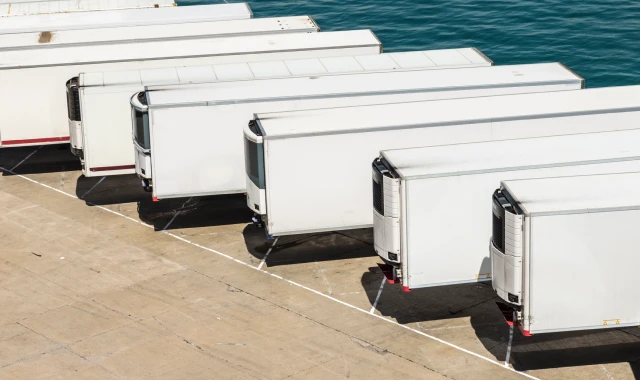What Should You Know About the Refrigerated Shipping

Whatever name you give it – cold shipping, refrigerated shipping, or temperature-controlled shipping – it all refers to the same thing: moving items that need to be kept at a certain temperature. Some items require specific protection due to their nature or environmental circumstances. This is true with medications or perishable food.
This process involves extra steps or special equipment, which might raise shipping costs and affect your logistics. As a result, if you want temperature-controlled delivery, you should find out how to properly prepare the packages and which carriers provide this service.
What is Refrigerated Freight Shipping?
Any shipment that is carried out with particular mechanisms and at a certain temperature or temperature limit to protect the products being delivered is referred to as a temperature-controlled shipment.
In order to preserve their qualities, certain foods, medications, or laboratory tests must be transported and stored in a refrigerator. All operations involved in getting an order ready, getting it moved, and getting it delivered under specially chilled circumstances are considered temperature-controlled shipping.
How Can the Temperature Be Controlled in the Vehicle?
You will require special trucks with an airtight compartment to keep the items from coming into touch with the outdoors and an air circulation system to ship goods with temperature control. Sometimes carriers use dry ice, gel packs, or cool packs to regulate the temperature within a cargo space.
It’s quite possible that your items will require refrigeration both during loading, unloading, and storage. Whether they require refrigeration or not, these procedures must be completed as soon as possible, preferably in suitable locations.
The majority of the time, shipping businesses make everything to carry the items without tampering with them. However, we advise utilizing special packaging to offer better protection for added safety.
Types of Temperature-Controlled Shipping
Depending on the temperature needed to keep them safe and fresh, temperature-controlled transportation can be divided into several categories. The division is, generally speaking, as follows:
- Refrigerated. Products are kept at 35°F to 45°F without them getting frozen.
- Frozen. Products are frozen at -4°F until delivered.
- Dry ice. Dry ice cooling is used for medicine shipping. It keeps low temperatures (-112°F) and prevents humidity that can damage the products.
- Liquid nitrogen. Such low temperatures (−320 °F) are used to transport dangerous substances so they don’t react with the surroundings.
Why is it Important?
Most perishable goods need a steady cool temperature to be safe for human consumption. For instance, when exposed to extreme heat or cold, pharmaceuticals, in particular medications, can become chemically unstable.
Even while most pharmaceuticals are essential for maintaining public health, such conditions can negatively affect the chemical characteristics of drugs and cause undesirable side effects. Specific medications, such as immunizations, antibiotics, and blood products, increase these risks.
The necessity for precise temperature control throughout transit to assure effectiveness grows as medication research becomes more sophisticated. Temperature-controlled logistics are often closely regulated by national authorities because of the serious consequences for public health and safety.
Additionally, producers of goods like frozen meat, dairy products, and seafood are aware of the value of keeping their goods at a specific temperature throughout the course of the sales cycle. While some perishable goods can withstand temperature changes, others become dangerous with even a small temperature change. Farmers and producers are aware that these variations might increase the risk of foodborne disease for their customers.
Furthermore, the trading of agricultural goods would only occur within a small geographic region without temperature-controlled logistics. However, TCL facilities let farmers export their goods considerably further away, helping to stabilize household incomes that depend on agriculture.